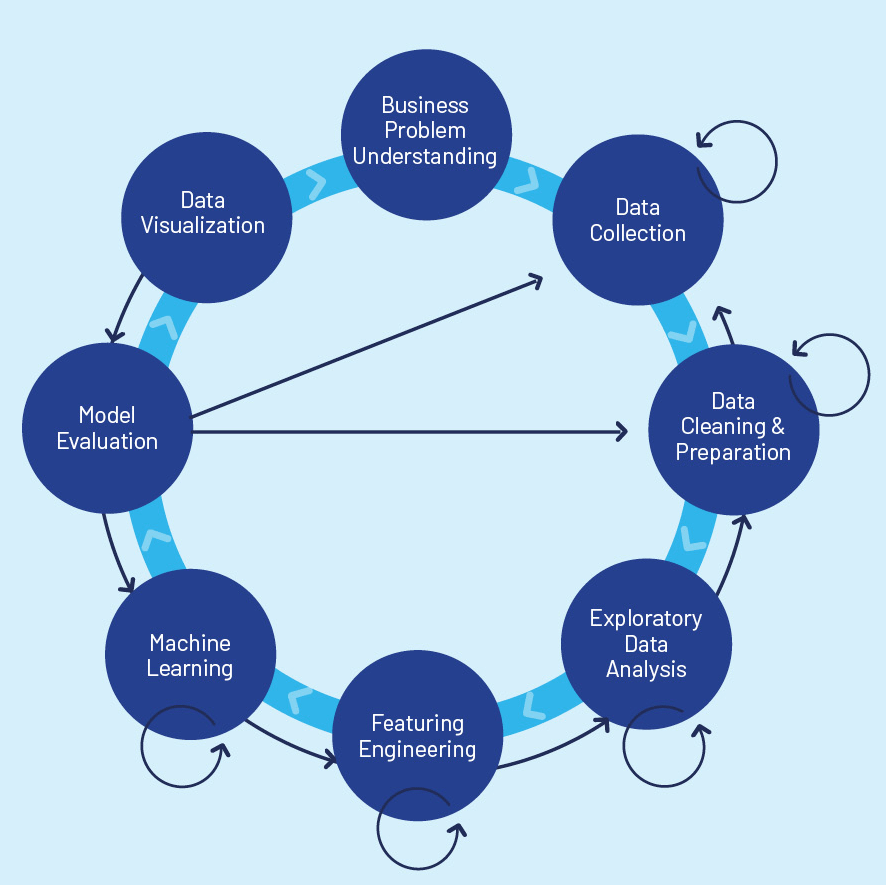Recently, I had the opportunity to share my thoughts in Forbes on the future of the mobility economy. My goal was to illustrate the parallels between the growth of the emerging?mobility economy?compared to?the adoption of the smartphone. The rise...
Recently, I had the opportunity to share my thoughts in Forbes on the future of the mobility economy. My goal was to illustrate the parallels between the growth of the emerging?mobility economy?compared to?the adoption of the smartphone.
The rise of the smartphone and the ubiquity and connectivity these devices now offer is not dissimilar to the adoption of the connected vehicle. Prior to the first smartphone, our phones were just simple communication devices with a single use – to make a phone call. Now, they connect us to every aspect of our lives.
We’re entering a new era where the digital integration of our vehicles and other transportation devices will bring new possibilities to our everyday lives and offer much more than just a ride. Read more in the following article.
We’re currently on the precipice of the next great technology revolution, which has many parallels to the rise of the smartphone. The massive transformation of the transportation industry will reimagine not only how we physically travel from one point to another but also our relationships with ourselves, each other and the world.
The emerging mobility economy is being built on the tidal wave of data from our connected world—data that is proving to be the next strategic asset of our time. Mobility data is any kind of data related to transportation, such as connected vehicles, scooters, bikes, public transportation, fleets of vehicles and self-flying taxis such as the Wisk eVTOL. This data is becoming the new driving force of technological innovation and competitive advantage, just as smartphones were before it.
To understand where the mobility economy is headed, we need to look at the rise of the smartphone. Today, smartphones are everywhere. It can be easy to forget that the multi-use handheld computers we’ve come to depend on were once very simple devices. Similarly, we are entering a new era where digital integration of our transportation devices will bring new possibilities to our everyday lives. Soon our cars will be able to offer much more than just a ride. The evolution of the smartphone offers valuable insights as to how this emerging mobility economy will take shape, informing the roadmap for the mobility economy as well as how data privacy standards are created and maintained.
The Mobility Economy Is Shifting From The Disruption To The Ubiquity Stage
With mobility data projected to become the next strategic asset in the global economy, the transportation industry is ripe for a technological revolution. We’ve reached a turning point where society’s perception of the mobility economy is transitioning from the disruption stage to the ubiquity stage. Collection of mobility data is no longer unfamiliar. Most of us expect that our cars are increasingly becoming “computers on wheels.” In fact, the pandemic-driven shortage in chips for cars and trucks put the brakes on vehicle production, which is only now starting to recover.
According to a 2018 survey on connected car data and privacy, about 80% of U.S. consumers have expressed they are already willing to share their personal data on navigation. This data is the key to innovating and advancing the mobility economy, transforming our transportation experiences and reinventing how we live, work and interact.
Mobility Data Is The Next Driving Force Of The Modern Global Economy
Like the early stages of the mobile phone market 30 years ago, today’s traditional fuel-powered vehicles are yesterday’s first cellular phones—connected, but just scratching the surface of what’s possible. Similar to early connected EVs, the launch of Apple’s iPhone in 2007 changed everything. It offered consumers a step-function increase in capabilities wrapped in a customizable, user-focused experience. Ushering in the new age of smartphones, the “phone” morphed from simply a device to call friends and family to an accessible and comprehensive experience that covers every aspect of our life—banking, health tracking, music, gaming, shopping, work—and drives the modern global economy.
Smartphones serve as a near-perfect example of how a reimagined device initially disrupts our individual and collective understanding of a given technology’s function and then creates a new normal. Phones have transformed from switchboard-operated conversation utilities to the corded devices attached to your wall to the slim, pocket-sized wireless resources that they are today, all while delivering mass amounts of data. This kind of change in the transportation industry is long overdue as mobility data is already being produced by connected vehicles.
Mobility Enables Us To Reimagine The Human Experience
To make our different modes of transportation do more for us, it’s necessary to utilize the untapped potential of raw mobility data. As with smartphones, our idea of vehicles can evolve from simply a mechanical device to being an extension of who we are and the experiences we hope to gain. Consider how different the experience is driving a traditional gas-powered car from the highly personalized and modern experience of driving a new electric vehicle where users can customize their profiles, set moods and themes, and leave the A/C on in “pet mode” for their dog in the summer without the engine running. Customers rave about data-driven products like these because the cars are programmed to understand exactly who is driving and to reconfigure their settings to respond to the driver’s unique preferences.
Mobility data stands to make driving a safer and more enjoyable experience. By harnessing mobility data on a mass scale, commutes can be coordinated and reduced while letting drivers multitask safely. Smart capabilities—such as cloud-based, remote video and audio entertainment, advanced safety features that monitor drivers’ stress levels, Advanced Driver Assistance Systems (ADAS)—not only provide priceless time back to the user but also create a safer and more enjoyable driving experience. These advanced security and safety features demonstrate how the application of data is already being used to enhance driver well-being and reduce the number of traffic incidents.
As every new generation grows more comfortable with a digitally augmented world, so will their reliance on data-driven advancements in the mobility economy. Consider the age you were when you got your first smartphone. While Millennials got their first iPhones at age 17, Gen Z gets theirs at age 12, on average. Growing up with these high-tech tools at their disposal, most of them will never know a time when they didn’t always have this world of knowledge in their back pocket. In a few decades, our grandchildren will likely be driven by supercomputers on wheels.
If the industry can properly capitalize on mobility data, it can make the services of tomorrow a reality sooner, fueling sustainable human transportation, redesigning automotive infrastructure to be faster, safer and more efficient, vastly improving our daily lives.
The post To Understand The Emerging Mobility Economy, Take A Look At The Rise Of Smartphones appeared first on Otonomo.















